The Valley Island of Maui – Haleakala National Park
- By JP
- July 18, 2014
- 2 Comments
Every Friday at GutterPup Adventures we publish a “guest post” from a high quality travel website. These talented writers will take you on a journey to the most beautiful and exciting places on earth! Today, Dr. FumbleFinger from “Gumbo Travel.com” takes us on a tour of the Haleakala National Park in breathtaking Hawaii.
______________________________
By DrFumblefinger
Volcanoes never cease to fascinate me! Something about their massive size and primal earth shaping power appeals to my sense of curiosity and awe. So it’s not surprising that I find Haleakala to be Maui’s most interesting place to visit.
There are no lodges or hotels in the park making it truly a day trip destination. It’s easily accessible and besides a massive crater and awe-inspiring views, offers the chance to see some rare species — namely the Nene (Hawaiian goose) and Silversword (silver-green cactus-like prickly plant).
Nene – Hawaiian Goose
Some background on Haleakala….
In Hawaiian, Haleakala means “House of the Sun” — a great name for a mountain that stretches to the heavens and dominates Maui’s landscapes! Haleakala National Park covers much of the area of the volcano, though not all, and as such a sizable portion of Maui. A few hundred years ago Haleakala was active, but the last know eruption was around 1790 so it’s now considered dormant with only a remote chance of future eruptions.
Haleakala currently stands at 10,023′ (3055m) above sea level, though at one time it’s thought to have measured 15,000 feet’, making it then the tallest mountain in the world as measured from its base on the ocean floor. But Haleakala, like all big volcanoes, is collapsing under its own massive weight and still continues to sink at a very very slow rate. It is now overshadowed by it’s younger cousin on the Big Island, Mauna Kea.
Visiting Haleakala National Park….
Road to Haleakala National Park, Maui
Highway 378 is the only road to the great crater, a steep climb with many switchbacks that takes you into and above the clouds. The drive is memorable, especially on a clear day when you get wonderful views of Central and West Maui and of the ocean.
Your drive will take you through many different climatic zones including grasslands, rain-forest and even a near lifeless rock desert towards the top, a very different experience from Maui’s tropical vegetation and wonderful beaches.
The park has two small visitor centers, one near the entrance and one near the summit. Leave yourself lots of time to enjoy the drive and be sure to stop at all the turnouts to take in the changing views of the landscape.
Haleakala crater, Maui
The top of the mountain consists of ragged volcanic rocks with a large crater covering 19 sq mi (49 sq km). The colors of the rock in the crater are surprisingly varied and the summit is a popular place to view the sunrise, though it is very cold and often windy so be prepared for this. Conversely, you can view the sunset from the mountain for a similar experience, as we did.
There are hiking trails into the crater, somewhat challenging because of the steep pitch and the thin air, but on a clear day offer memorable scenery.
Horseback riding is available from commercial vendors. There are even three cabins in the crater that the park service offers for rent on a lottery basis.
Silversword, Haleakala National Park, Maui
As mentioned above, be sure you keep an eye out for the rare plant, Silversword, that grows only in the high mountains of Hawaii and is fairly easy to spot near the summit. Decades ago silversword was almost gone due to a combination of people taking these plants home as souvenirs and grazing by feral goats (both of which have effectively stopped).
Also keep an eye out for the Nene, Hawaii’s rare endemic goose, especially when you’re driving near the park entrance as they have no fear of traffic and are often run over by rushed tourists wanting to view a sunrise or sunset. I’ve discussed Nene in depth when I featured them as a “Pic of the Week” on my personal blog, so please click on the link if you’re interested in learning more about them.
Road down Haleakala volcano, Maui
A very popular activity is to bike 37 miles down Haleakala into Central Maui, usually after viewing the sunrise on the peak (make sure the bike has superb brakes!). If you’re a morning person and love biking (more than I do), keep this option in mind. There are commercial vendors that can outfit you for this trip and will drive you and your bike to the summit.
Haleakala National Park Observatories, Maui
Our visit to Haleakala was on a cloudy day. As a rule, always drive up the mountain even if the weather looks bad because often things are very different at the top. So even if it’s cloudy or rainy at sea level, go because you tend to break through the clouds at some point.
While we had good visibility the lower part of our drive, the upper altitudes were misty with drizzle, with the clouds only breaking a few seconds here and there, offering tantalizing views down the mountain or into the crater before they became shrouded and disappeared again.
We were patient and explored as best as we could, but recognized by the changing light that the sun would soon be setting and that we were likely out of luck that day. Then, like magic, a half hour before sunset the clouds and mist around us dissolved (although with a solid cloud bank a thousand meters below) and we were rewarded with a tremendously beautiful and memorable sunset! We were on an island of rock, above endless fluffy clouds, watching the soft light of the setting sun bathe the lava rock! And just after the sun had set, the clouds and mist returned again and we were off.
Sunset above the clouds, on Haleakala volcano, Maui
Part of what makes travel special to me are those quirky little moments that turn out so much better than you thought possible. Seeing Nene and having the mist on the summit of Haleakala briefly disappear just when we needed it to for an enjoyable sunset were such an experience for us.
Make sure you visit Haleakala at least once when in Maui. Your $10 park admission is good for 3 days, so maybe a second visit is in the cards.
To repeat a note of caution, you need to be prepared for weather conditions at the summit which are nothing like what you’ve experienced around Maui’s beaches. Be sure you have decently warm clothes or you won’t enjoy your visit to Haleakala. Shorts, t-shirts and flip-flops (yes, we saw many visitors dressed like this) just won’t cut it. You’ll need at least a wind-breaker and slacks; bring a fleece, gloves and warm hat if you’re especially sensitive to the cold and wind. But go!
***************************************************************
For an extended high resolution slide show of Haleakala, please go to this link. The slide show is at the bottom of the post. Click on the right sided icon of the slideshow’s toolbar for full screen enlargements.
***************************************************************
DrFumblefinger is an alias for Karl Anders, M.D. (click on this link for the story behind the nickname). Karl loves everything about travel — researching it, the journey, the trip experience, and writing about it all! Karl’s been blogging for a few years now (first at www.drfumblefinger.com, more recently at www.travelgumbo.com which he co-founded). When he’s not traveling Karl works works full-time as a physician in a hospital-based practice. He currently lives in Calgary, Alberta, Canada, only a one hour drive from his beloved Rocky Mountains, but has called Los Angeles, California, and Spokane, Washington, his home in the past. You can reach him by email at [email protected].






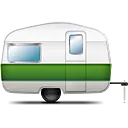


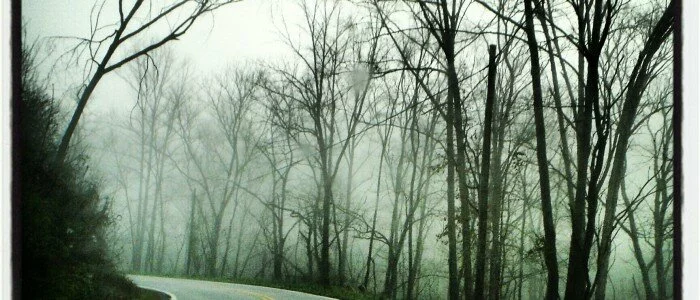
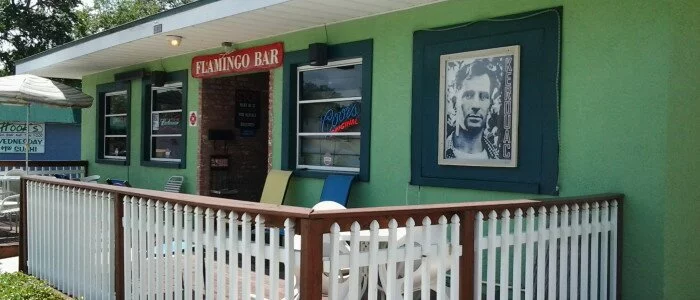
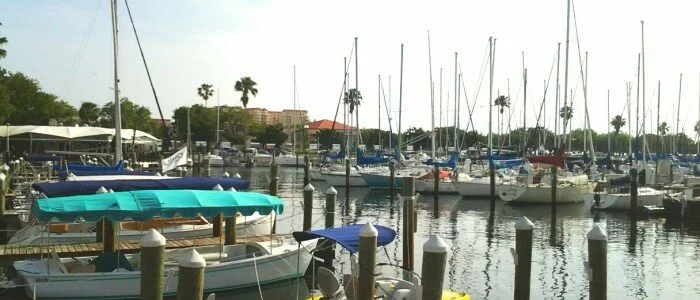
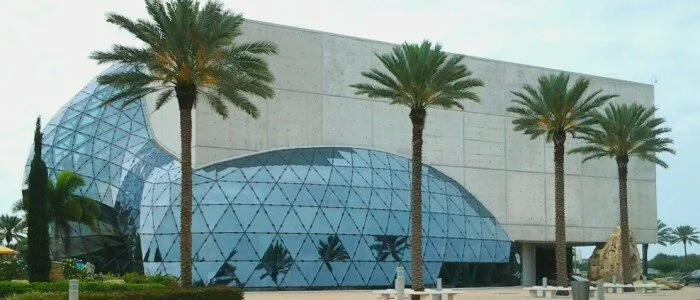
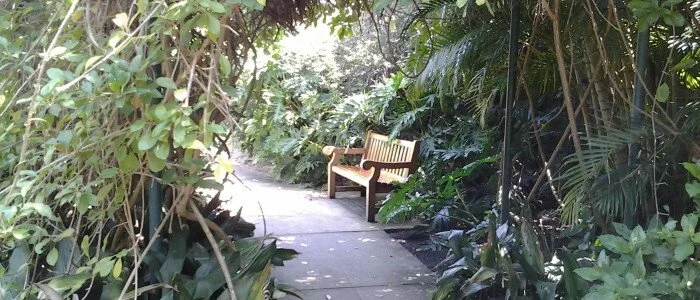


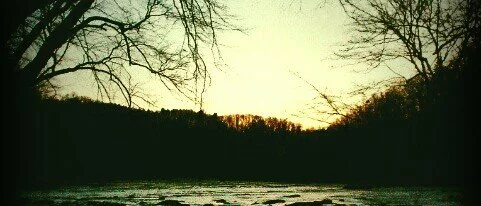

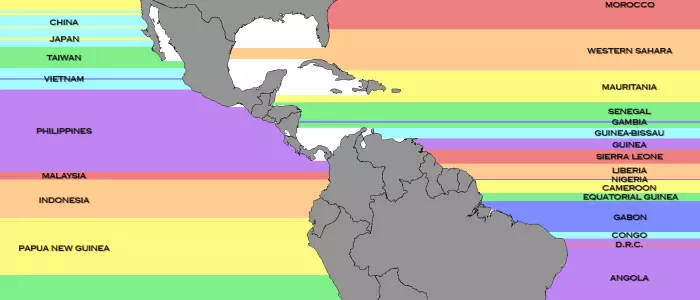

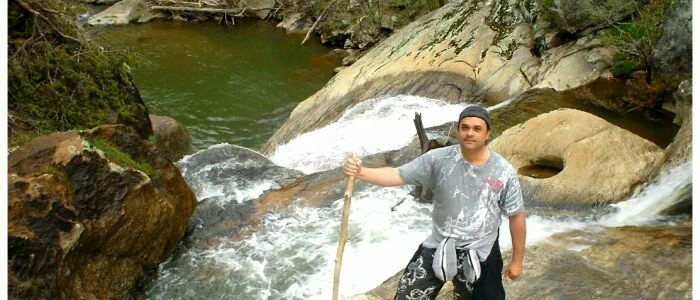



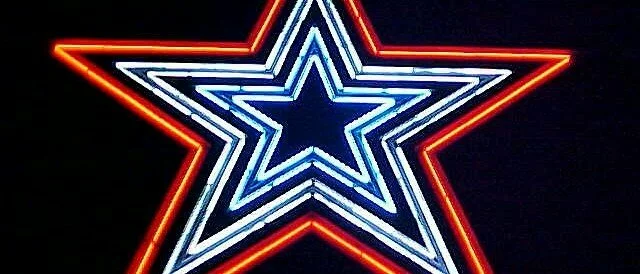
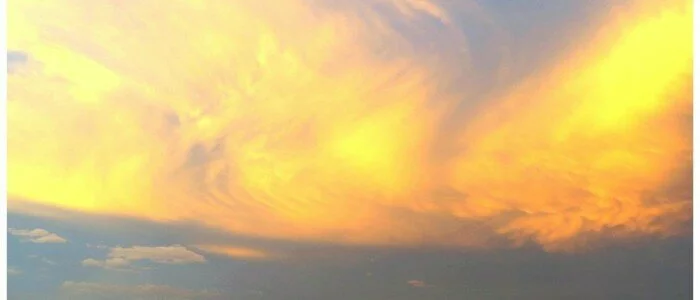



I love volcano parks – the landscapes are so amazing!
They’re like being on another world, i love em too!